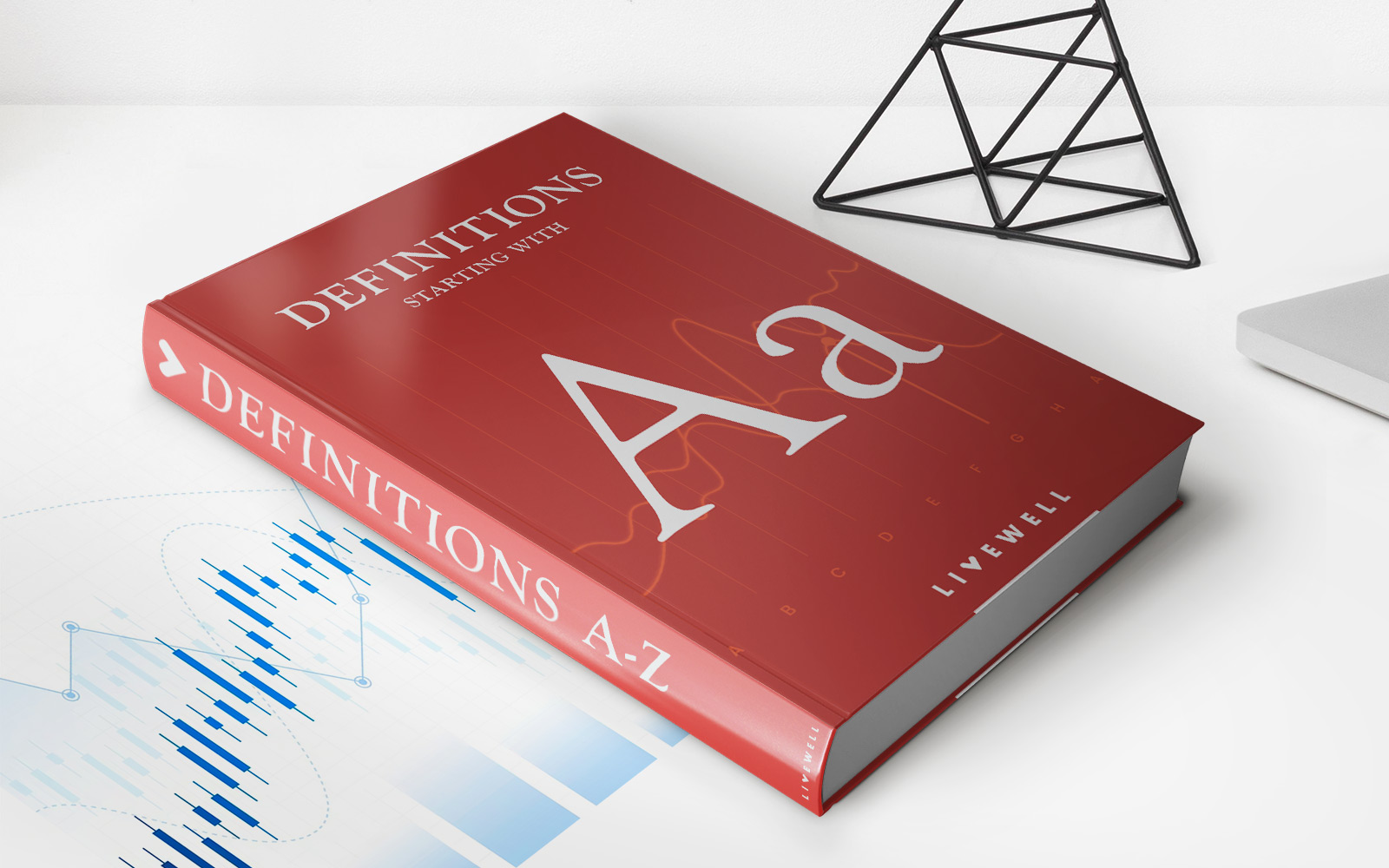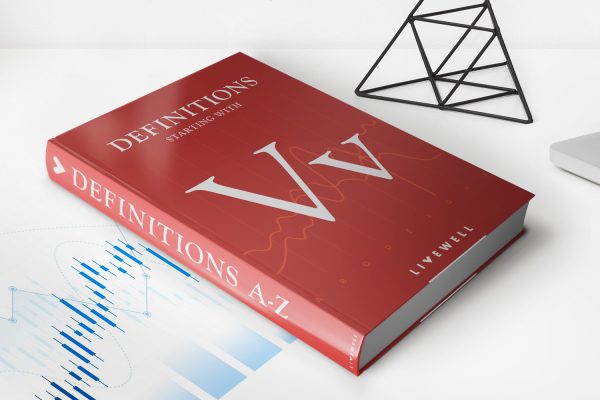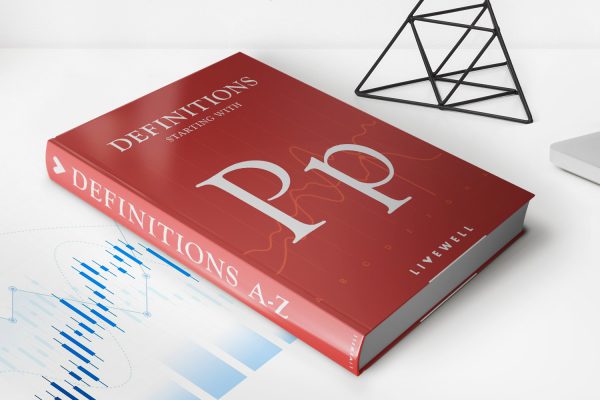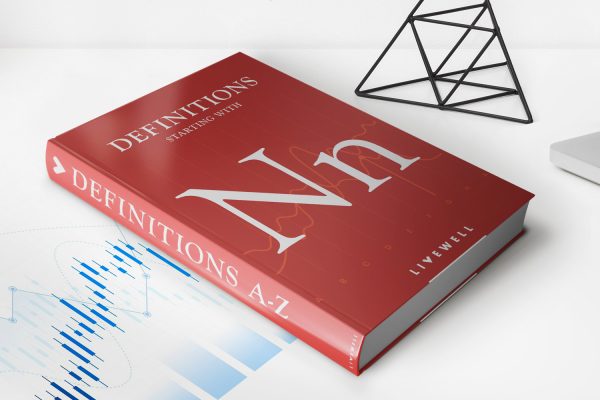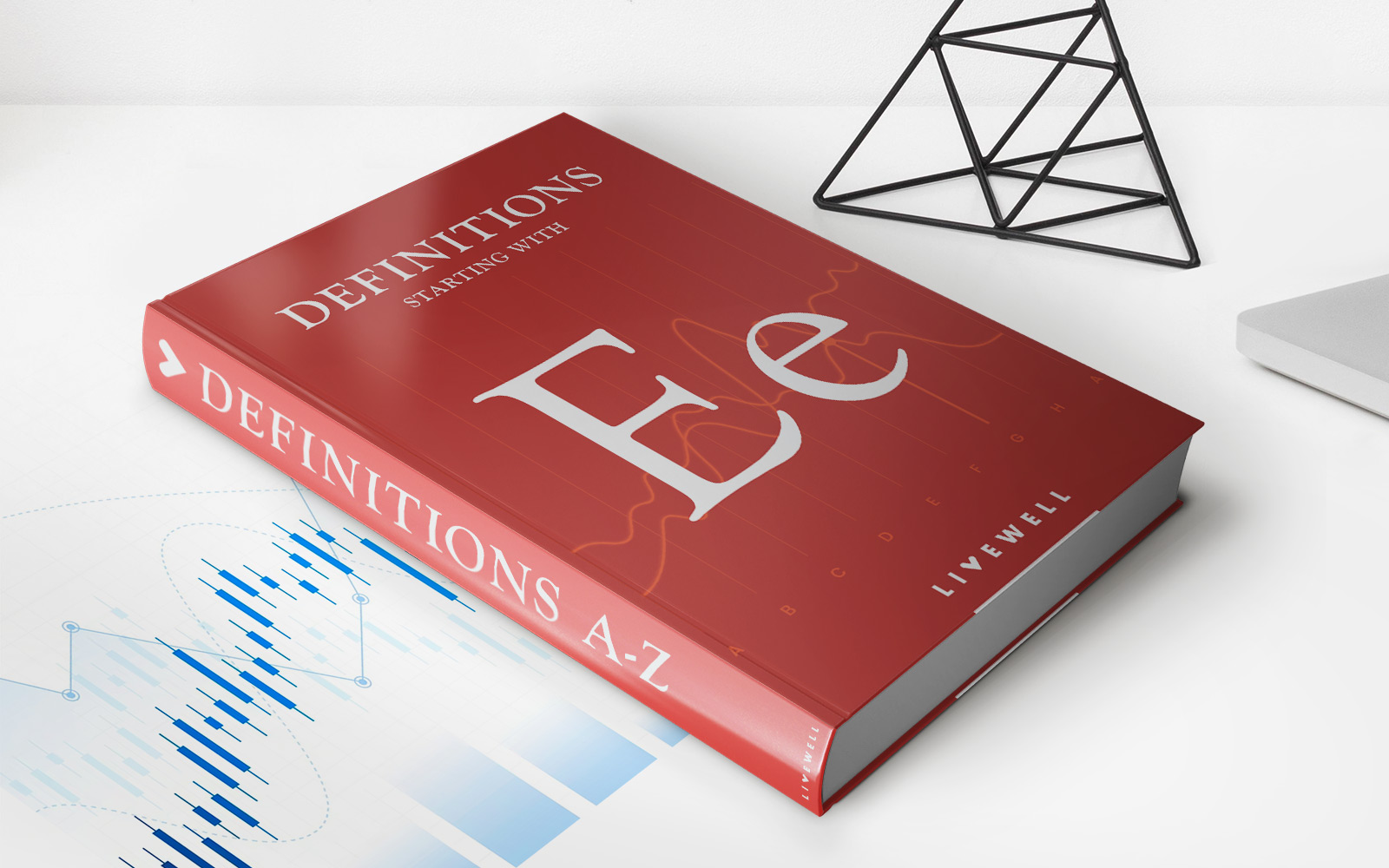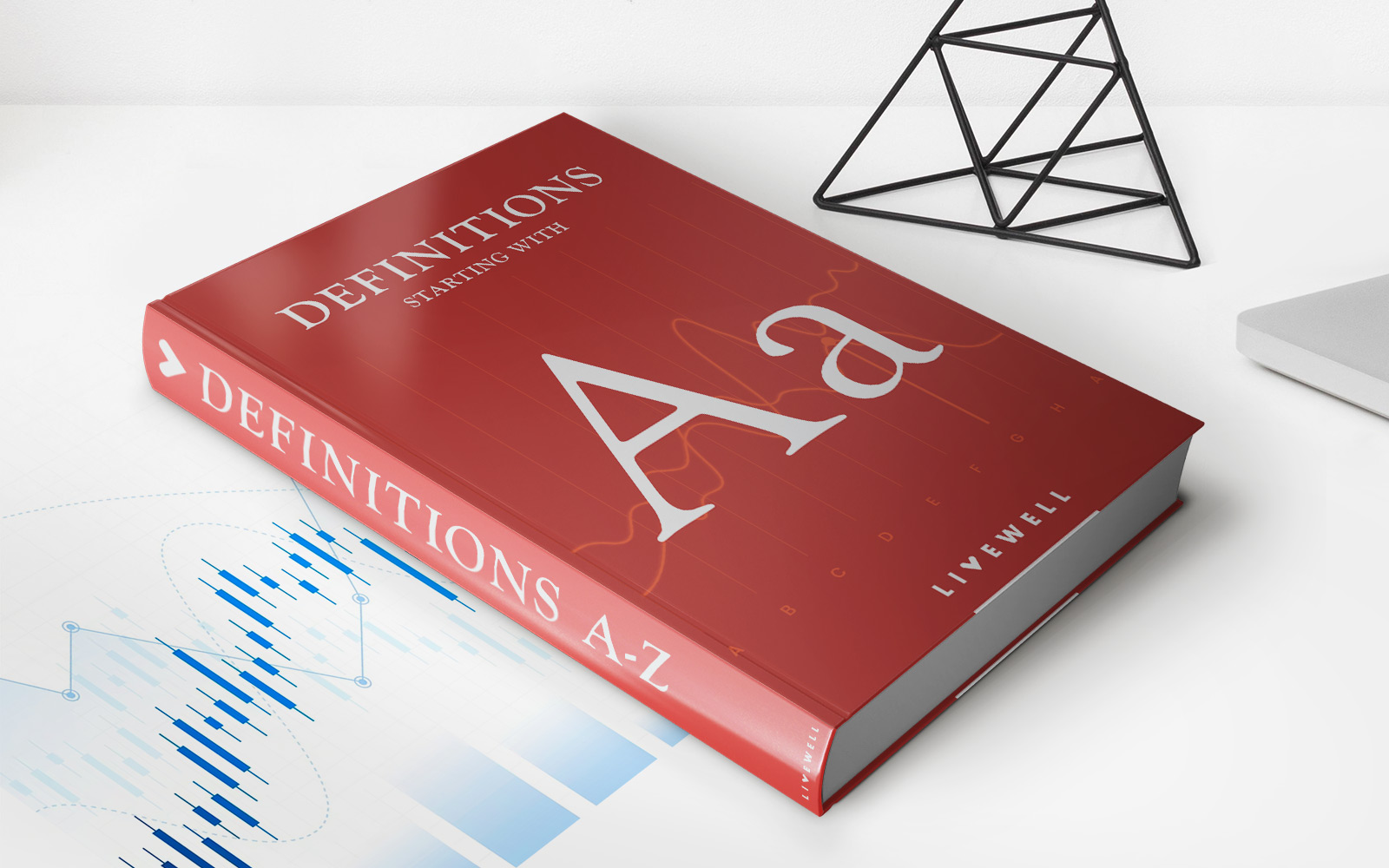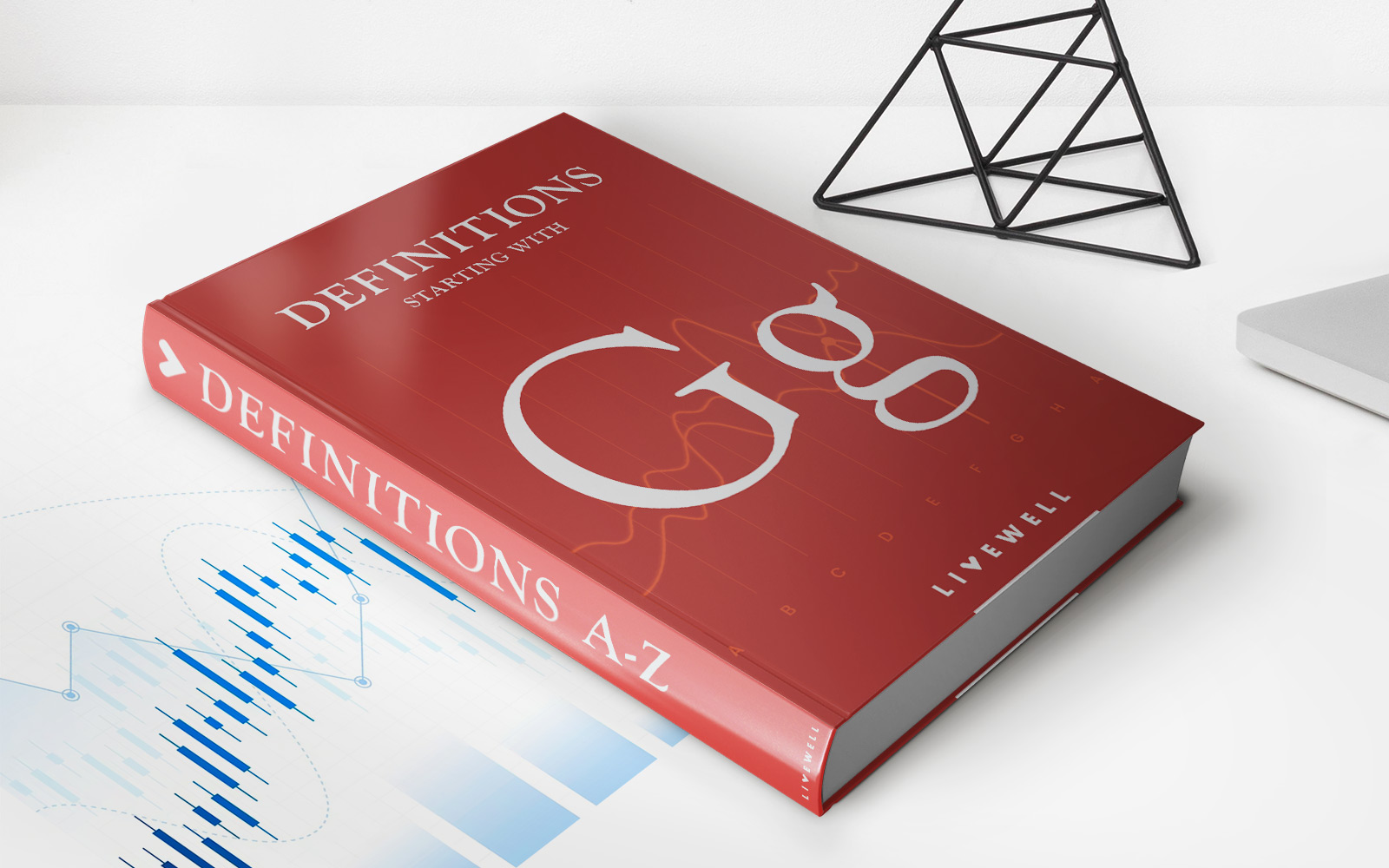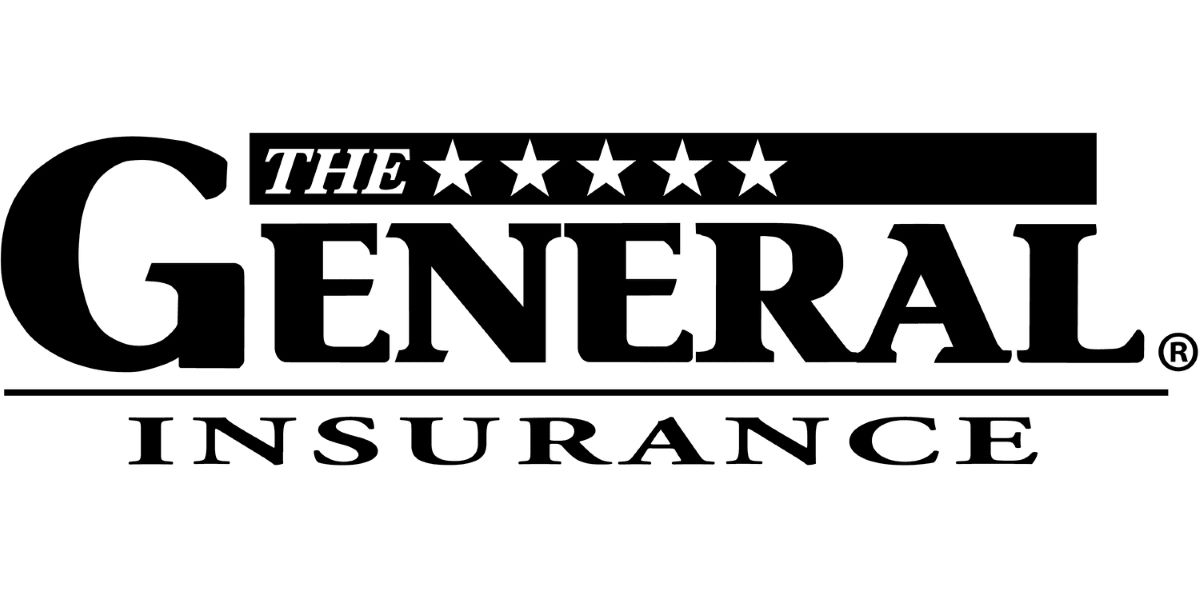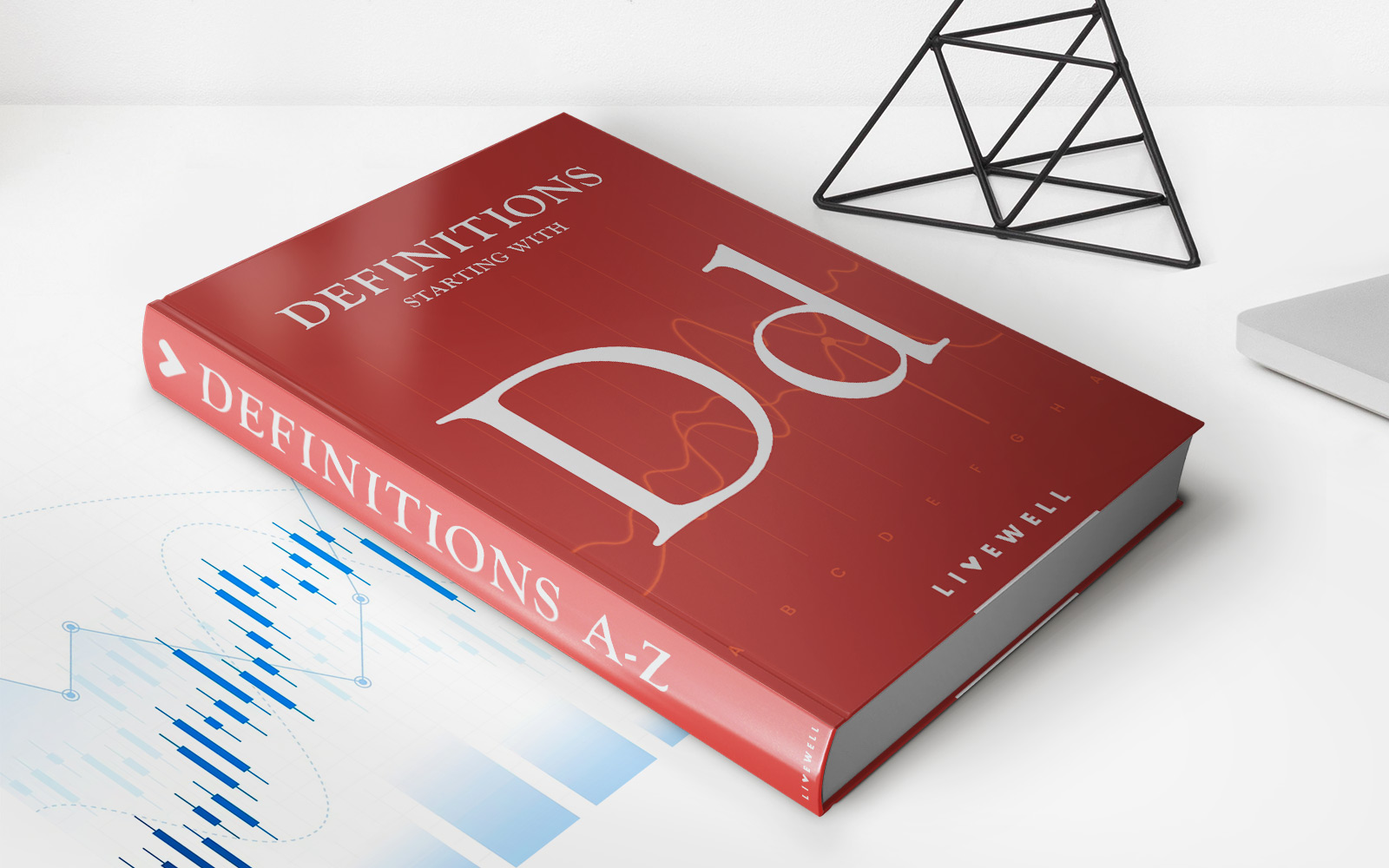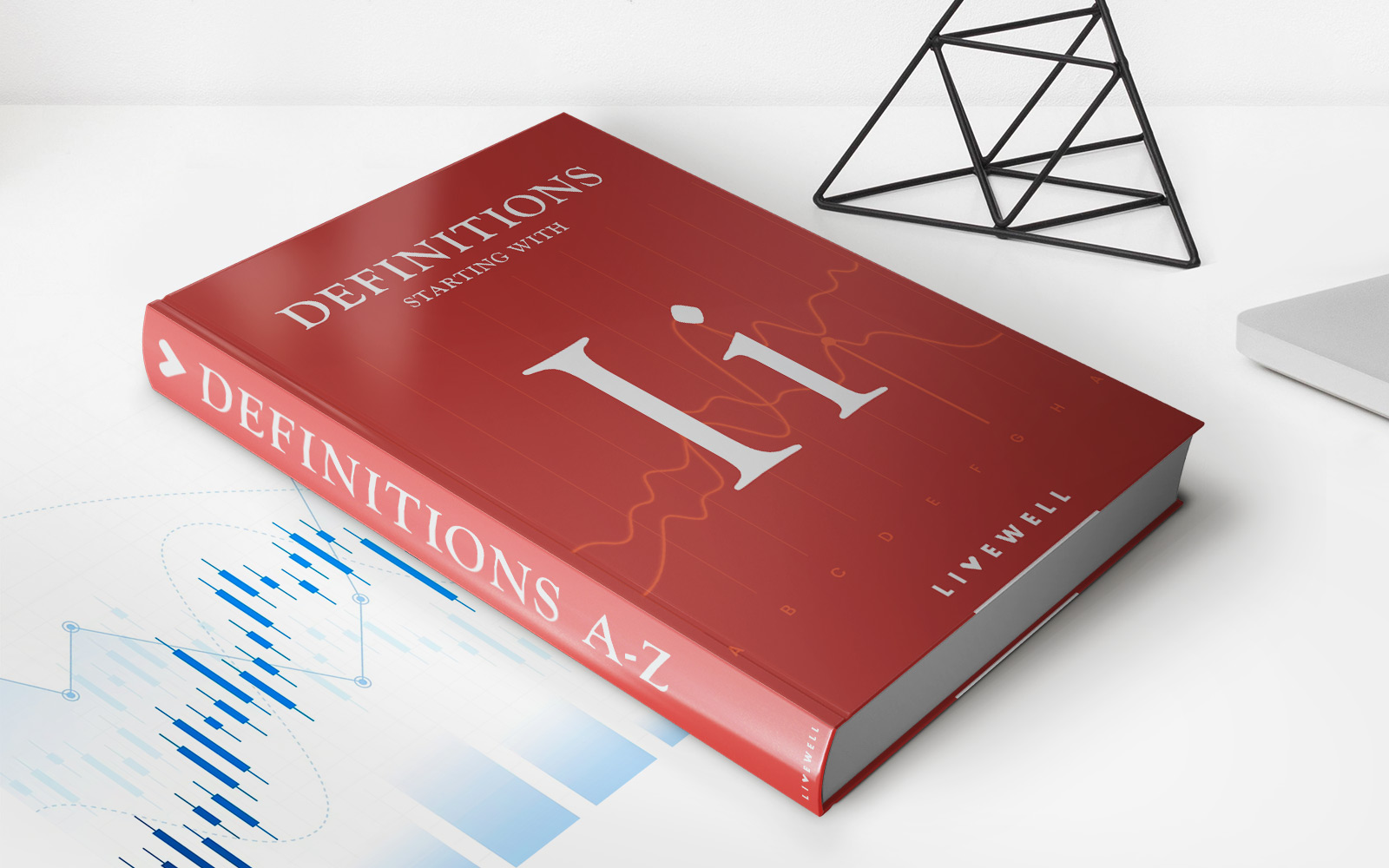Home>Finance>General And Administrative (G&A) Expense: Definition, Examples
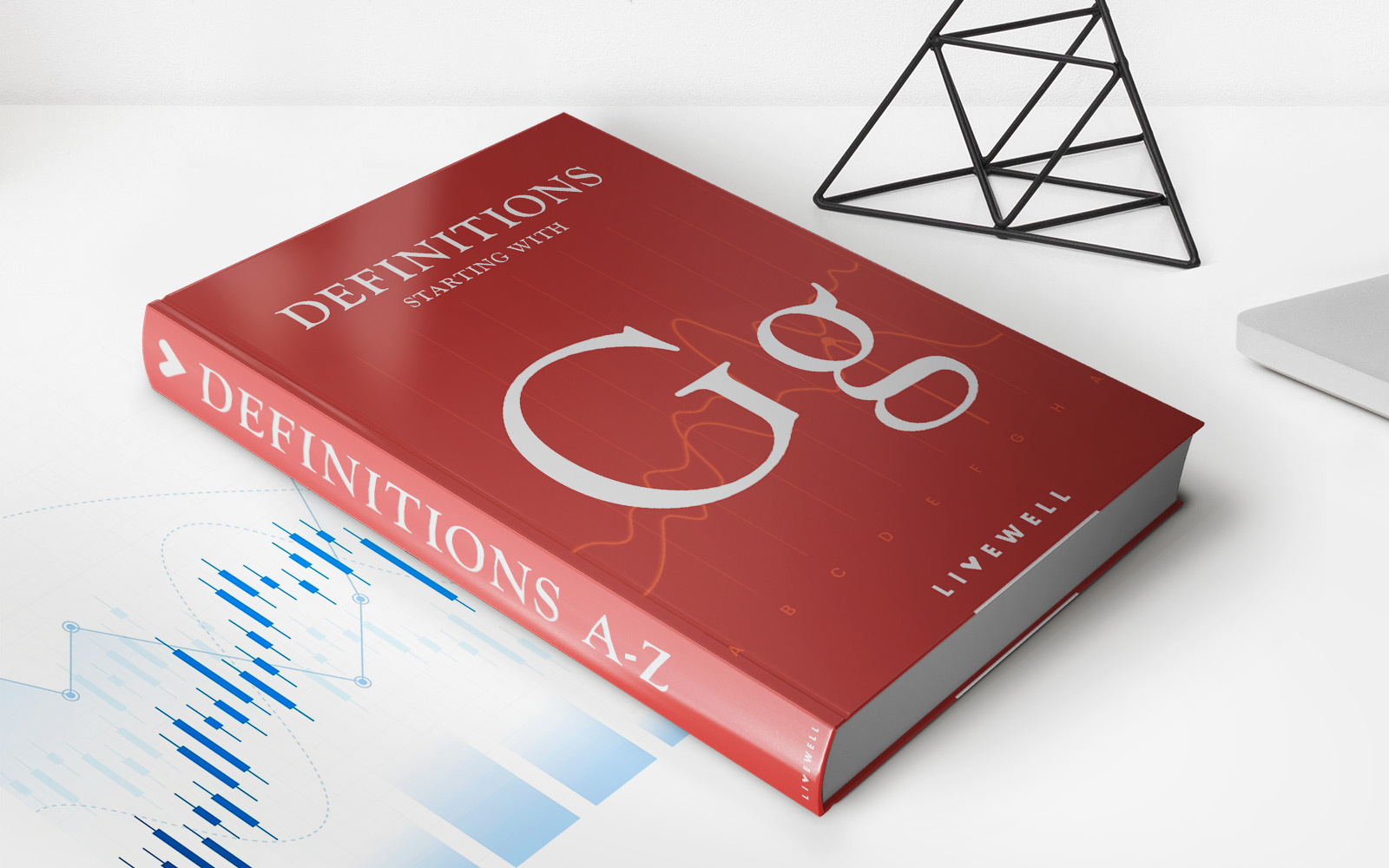

Finance
General And Administrative (G&A) Expense: Definition, Examples
Published: November 30, 2023
Learn the definition of General and Administrative (G&A) Expense in finance and discover real-world examples that illustrate its importance in business operations.
(Many of the links in this article redirect to a specific reviewed product. Your purchase of these products through affiliate links helps to generate commission for LiveWell, at no extra cost. Learn more)
General and Administrative (G&A) Expense: Definition, Examples
When it comes to managing your finances, it’s important to understand the different categories of expenses that make up your overall budget. One such category is General and Administrative (G&A) expense. In this blog post, we will provide an in-depth definition of G&A expense, examples of common expenses that fall under this category, and explain why it’s crucial to keep track of these expenses.
Key Takeaways:
- G&A expenses are necessary costs incurred by a business for its day-to-day operations and management.
- Examples of G&A expenses include salaries of office staff, rent, utilities, office supplies, legal and accounting fees, and insurance costs.
What is General and Administrative Expense?
General and Administrative (G&A) expenses are the costs incurred by a company in order to support and manage its day-to-day operations. These expenses are not directly tied to the production or sale of goods or services but are necessary for the overall functioning of the business.
Companies allocate funds to cover G&A expenses, ensuring that essential tasks are performed, such as administrative support, accounting, legal and regulatory compliance, human resources, and other administrative functions. These expenses are often considered fixed costs as they tend to remain relatively stable regardless of changes in production or sales levels.
Examples of General and Administrative Expenses
Now that we have a better understanding of what G&A expenses are, let’s take a look at some common examples:
- Office Expenses: Rent, utilities, office supplies, maintenance, and repairs.
- Salaries and Benefits: Compensation for administrative staff, including receptionists, executive assistants, and human resources personnel.
- Legal and Accounting Fees: Payments made for legal advice, contracts, tax preparation, audit, and other professional services.
- Insurance: Premiums paid for general liability insurance, professional liability insurance, property insurance, and workers’ compensation insurance.
- Marketing and Advertising: Expenses related to marketing campaigns, advertising materials, and promotional events.
- Travel and Entertainment: Costs associated with business travel, meals, and entertainment for clients or employees.
Why Track General and Administrative Expenses?
Tracking G&A expenses is crucial for several reasons:
- Budget Planning: By understanding your G&A expenses, you can accurately plan your budget, allocate funds, and ensure enough working capital to cover these costs.
- Expense Control: Monitoring G&A expenses allows you to identify areas of potential cost-savings, eliminate unnecessary expenditures, and streamline your operations.
- Performance Evaluation: Analyzing G&A expenses helps you measure the efficiency of your administrative processes and identify areas where improvements can be made.
Overall, keeping track of your G&A expenses enables better financial management and helps you make informed decisions that can contribute to the overall success of your business.
Now that you have a clear understanding of what General and Administrative expenses are, take some time to review your own finances or business expenses to see where you can optimize and make better financial decisions.
